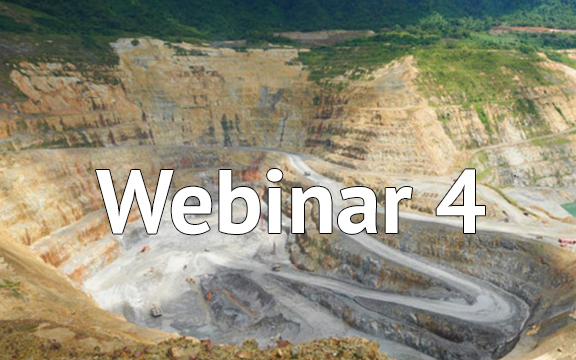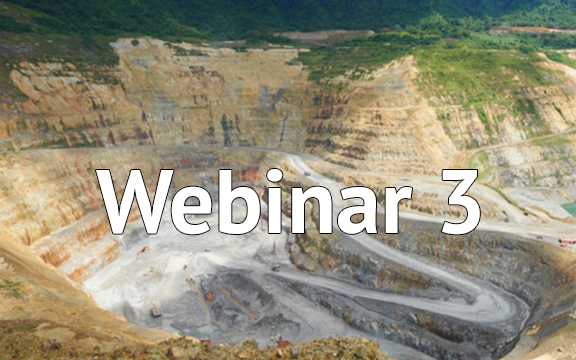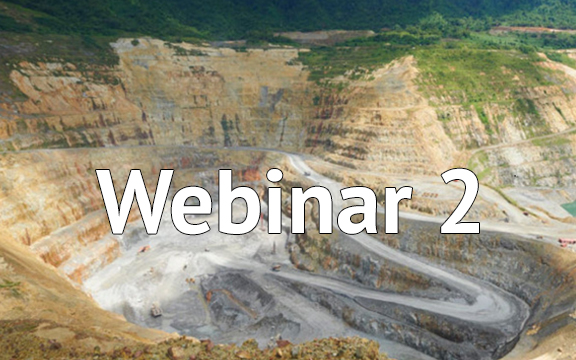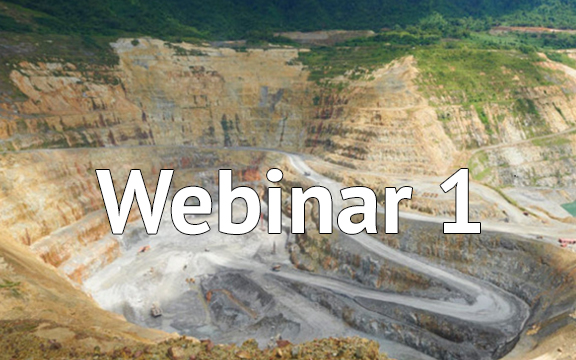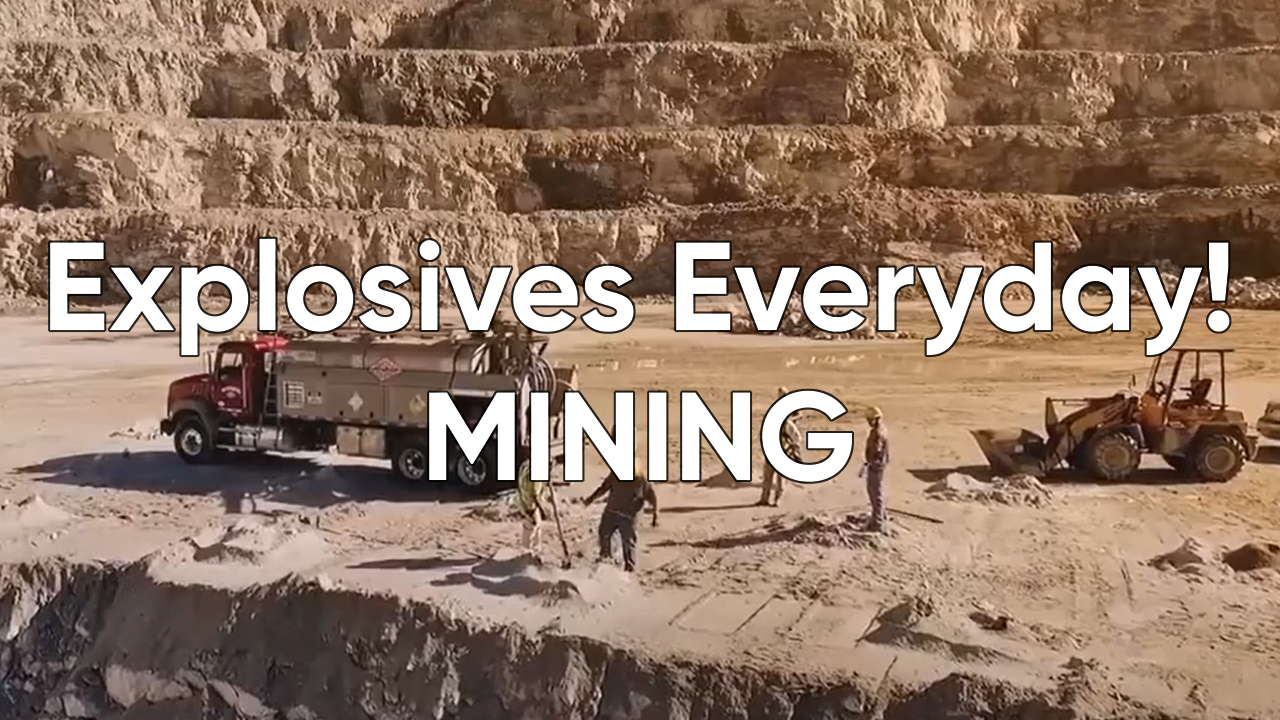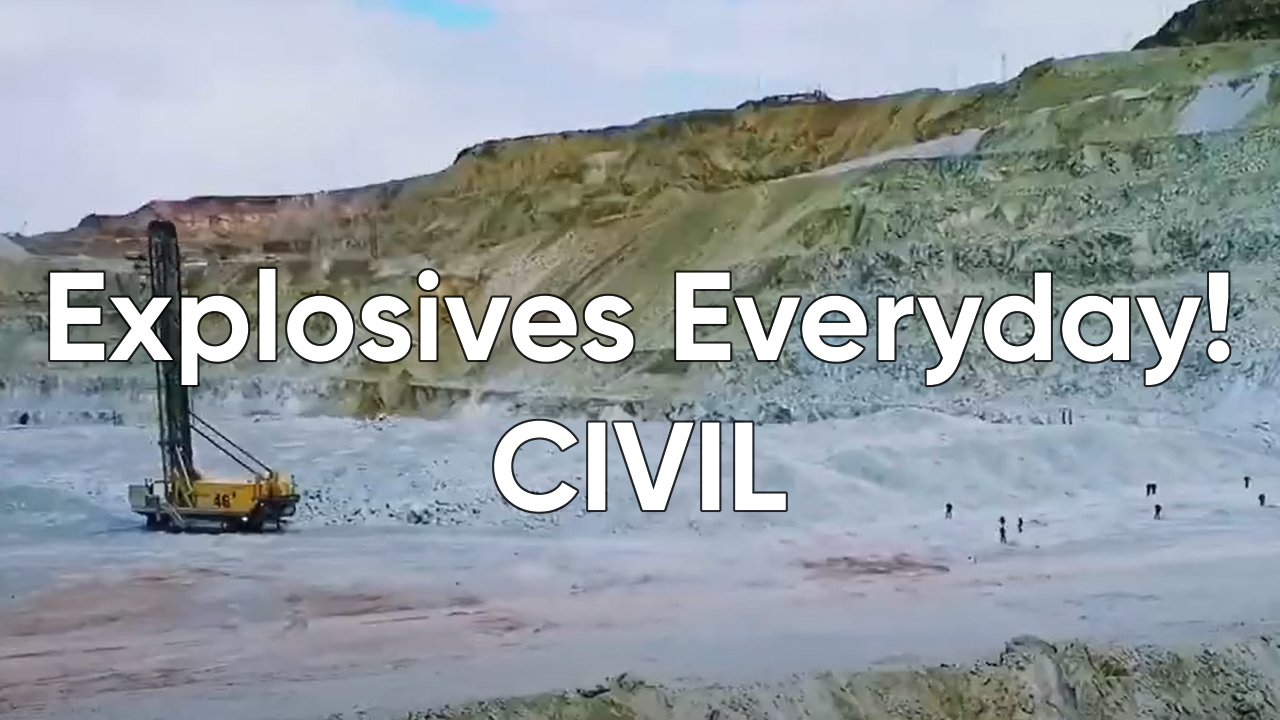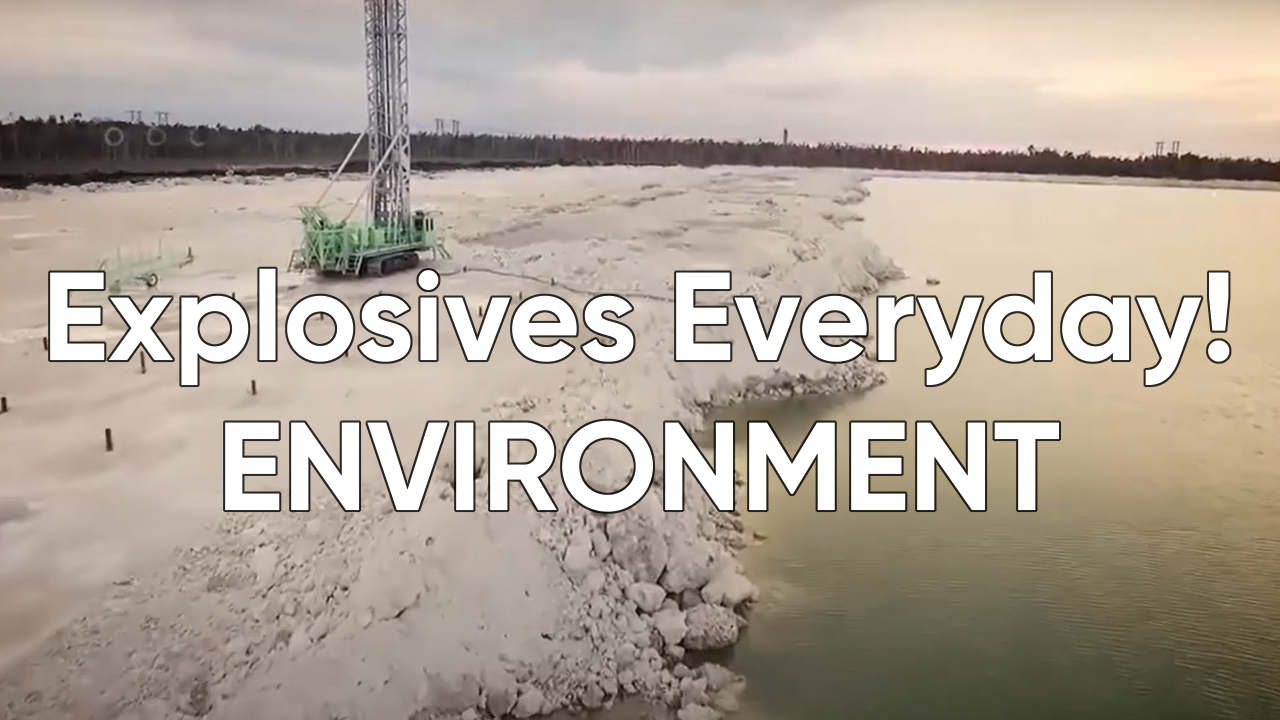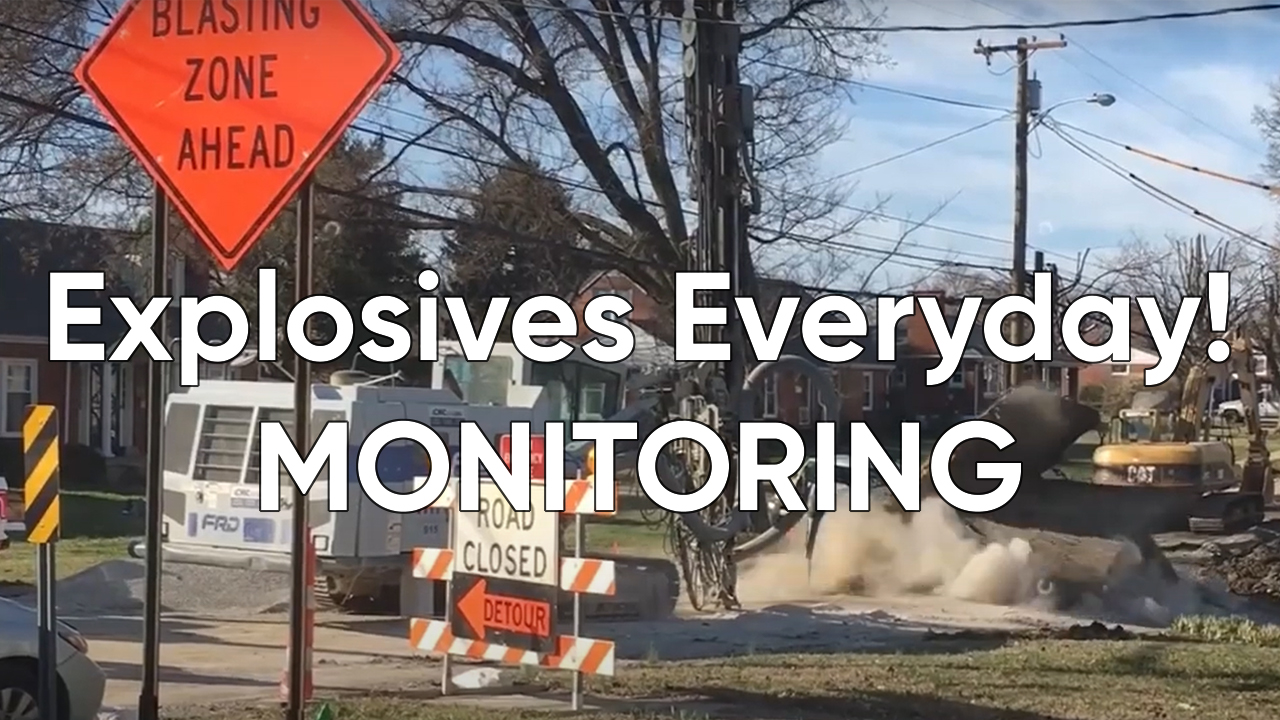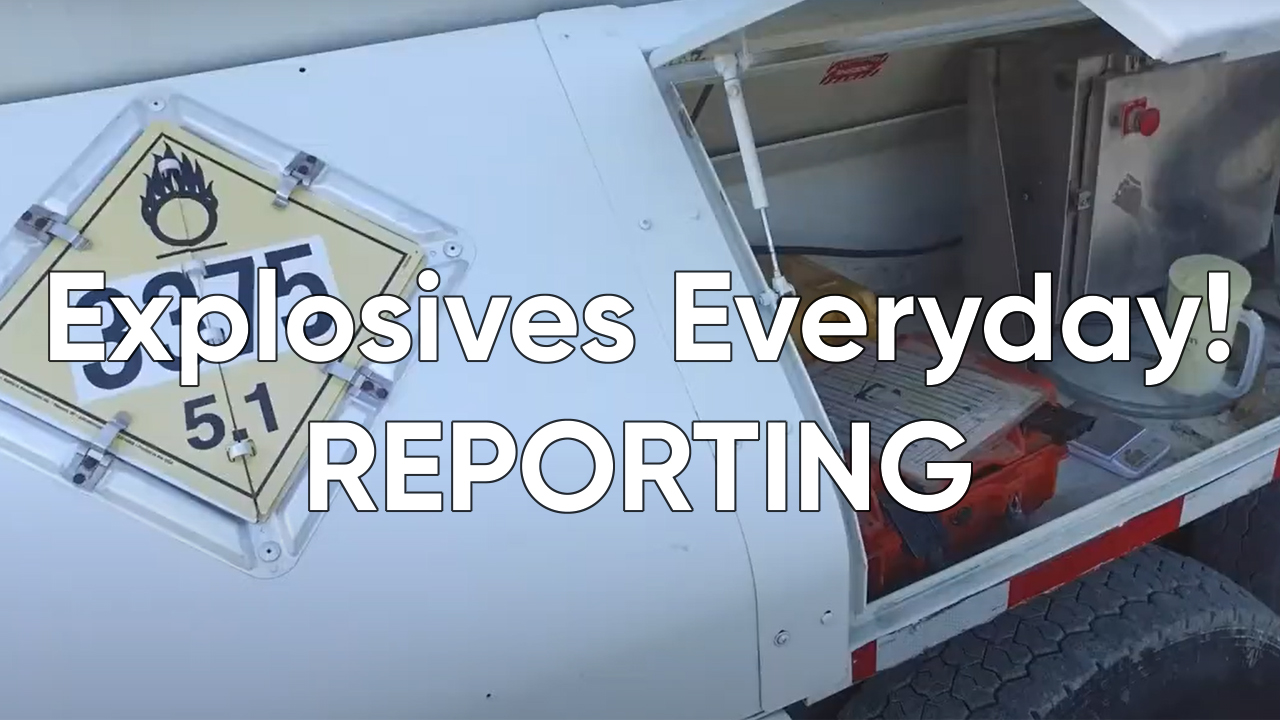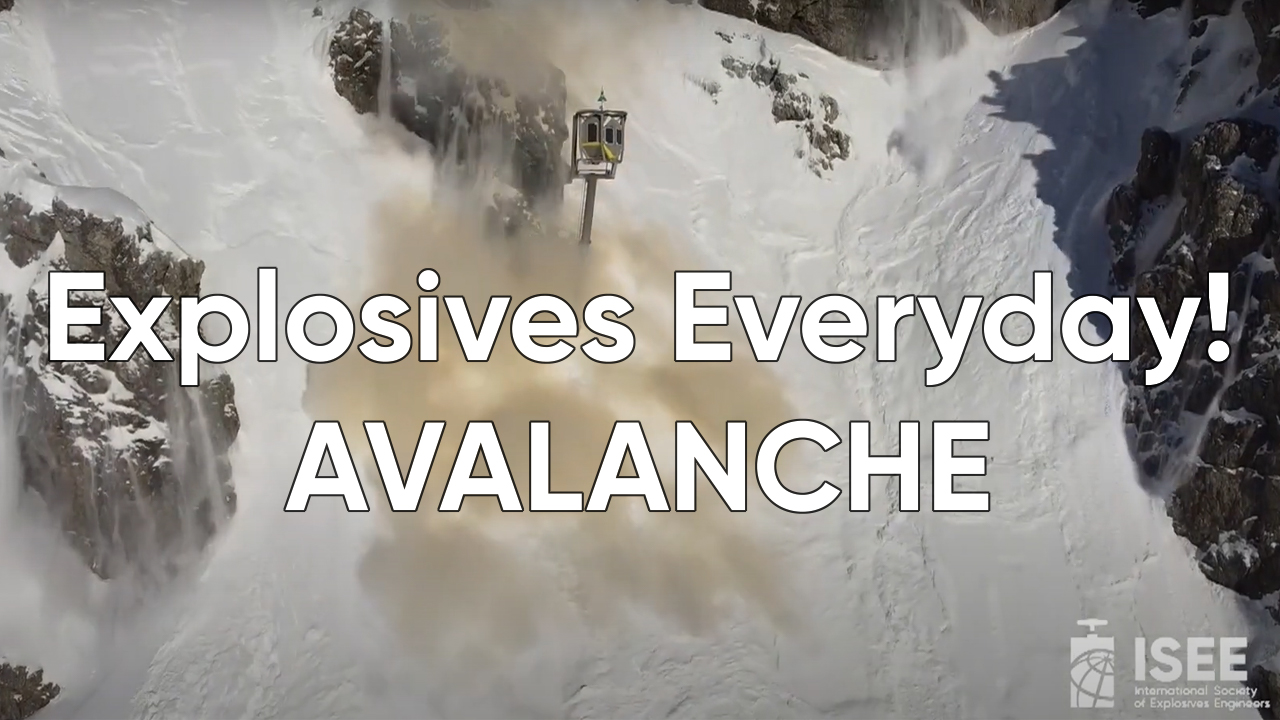Webinars Archive
When: On-Demand
Topics: Public Relations; Preventing Block Movement/Misfires Thru Good Blast Design and Delay Timing; Loading Bulk Blasting Agents and Quality Control on the Bench; Transportation of Explosives
Presenters: Josh Hoffman, IME; Frank Lucca, Terra Dinamica LLC; Evan Hagenlock, Austin Powder; Matt Spina
Training Length: Approximately 4 hours
Price: $150 ($100 for ISEE Members)
When: On-Demand
Topics: Geology Level One+; Flyrock; Bulk Explosives Equipment and Use; Blasting Safety Level One+
Presenters: Kurt Oakes, ISEE Board of Directors; Jay Elkin, Wampum Hardware; Mark Curry, Orica; Maggie Hettinger, BME
Training Length: Approximately 4 hours
Price: $150 ($100 for ISEE Members)
When: On-Demand
Topics: Close-In Construction Blasting; Blaster's Math; Legal Advantages of Good Blast Reports/Recordkeeping; Vibration Level One+
Presenters: Mike Koehler, B.E. Consultants; Bill Necker, Maurer & Scott; Kelly Ratliff, Reminger Co., LPA; Ralph Burnham, Reminger Co., LPA; Jeff Taylor, Saul's Seismic
Training Length: Approximately 4 hours
Price: $150 ($100 for ISEE Members)
When: On-Demand
Topics: Fundamentals of Blast Design; Importance of Communication Between Drillers and Blasters; Preventing Flyrock Thru Good Blast Design and Delay Timing; Explosive Products: Properties and Application
Presenters: Joe Nawrocki, Dyno Nobel; Seth Burns, Nelson Brothers; Richard O’Meara, Orica; Alastair Torrance, Kilmorie Consulting
Training Length: Approximately 4 hours, 30 minutes
Price: $150 ($100 for ISEE Members)
This episode focuses on mining and how explosives are used to produce mined materials with presenters Brad Brown, Dyno Nobel; Paul Sterk, Austin Powder; and Alan Dolan, Boliden Tara Mines.
This episode covers civil blasting and showcases things that are happening in and around our community every day. We also have some interesting insights into how this industry really gets into your blood. Even from a very early age. Our presenters are Jared Redyke, Dykon Blasting Corp.; Brian Lewis, RESPEC; and Kristie Bishop, HTA.
During this episode, we will be discussing how explosives are used to improve our environment and how they are managed with Kristen Kolden, Alaska Seismic; Jerry Wallace, Wallace Technical Blasting; and Kyle Perry, Missouri S&T.
In this every special episode of Explosives Everyday, we take an in-depth, technical look at monitoring for safety and compliance regulations. This will give you an insight into some of the more technical aspects that we have to use on a day-to-day basis and the mathematics and formulas that are tucked away behind the scenes to create a safe and effective blast. The presenters are Chuck Dowding, Northwestern University; Cathy Aimone-Martin, Aimone-Martin Associates; and Johan Gjodvad, Sigicom AB.
This episode focuses on reporting and will touch on the approval process of putting together blasting projects and the regulations that govern how explosives are handled to ensure safety. Our presenters are Kelly Ratliff and Ralph Burnham, from Reminger; and Joseph Meyers, Chief of the Explosives Unit of the Fire Department of New York.
In this episode we’ll learn about the uses of explosives in avalanche control with Brian Gorsage, Colorado Department of Transportation Avalanche Coordinator; and Mark Ganster, Austin Powder – Europe.
